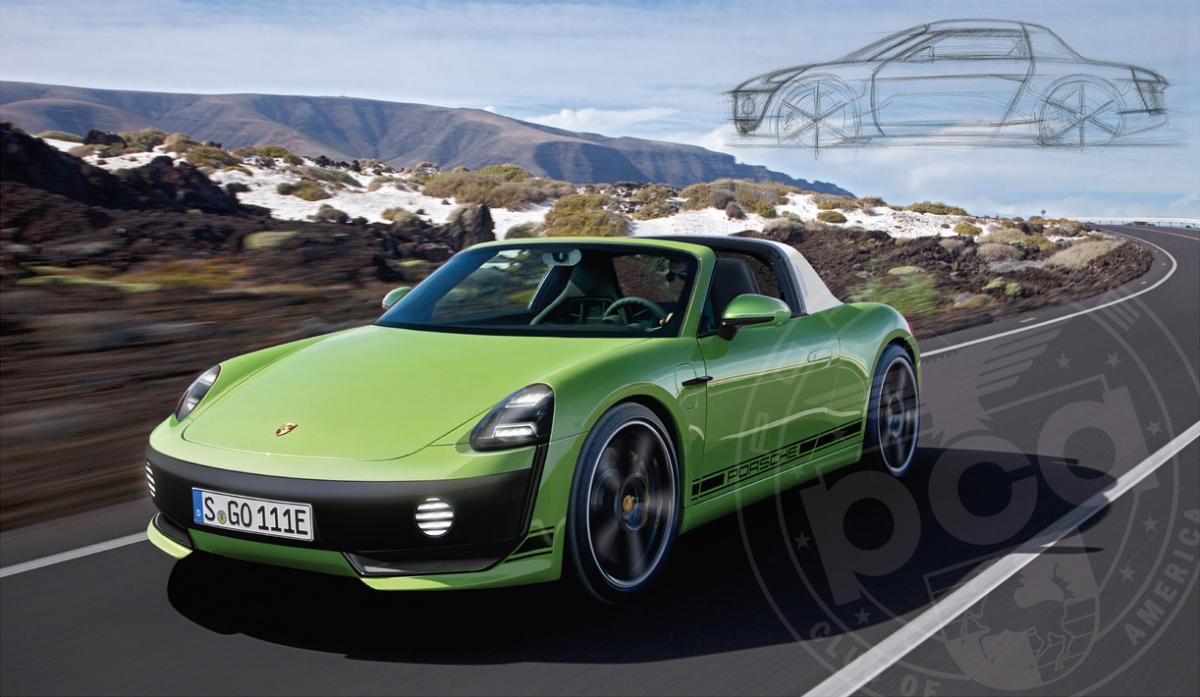AlanSubie4Life
Efficiency Obsessed Member
Moving replies to this thread...
Interesting. It looks like this was likely a round trip as well. Relatively low average speed. It is hard to align this to the EPA numbers. If I had to guess, it looks like the EPA numbers are conservative, but not sure how Porsche accomplished that.
Interesting the quote in this article about the software update to 255 miles. That might be consistent with that caveat in the CARB submission mentioned above, though it doesn't align quite right. But you do wonder if Porsche is still tweaking things. Wonder where the numbers will end up...
41kWh/100mi means about 45kWh/100 miles from the wall or so. So this guy (looks like a lot of surface street driving) seems to have done slightly better than EPA rating. But that won't get you to 255 miles.
Still hard to know without all the data. Sounds like he's doing a range test sometime soon between Seattle and Beaverton. That'll be interesting.
In any case I would say that as expected due to the overall poor efficiency, it's a lot less sensitive (%-wise) to detrimental factors (like rain, using the heat, etc.). That's what you would expect due to the larger energy reserves and the larger amount of energy allocated "per rated mile."
Someone over at rennlist saw this after his test drive.
Taycan Turbo - EPA rated 201 miles - Rennlist - Porsche Discussion Forums
View attachment 497385
Also see couple of posts by Nicole. She posted power consumption study done by a German magazine.
I am afraid to copy paste from another forum.
Interesting. It looks like this was likely a round trip as well. Relatively low average speed. It is hard to align this to the EPA numbers. If I had to guess, it looks like the EPA numbers are conservative, but not sure how Porsche accomplished that.
A very detailed review by someone:
Taycan Turbo Test Drive/Review: Even Seattle rain can't dampen your mood when you drive the Taycan
Interesting the quote in this article about the software update to 255 miles. That might be consistent with that caveat in the CARB submission mentioned above, though it doesn't align quite right. But you do wonder if Porsche is still tweaking things. Wonder where the numbers will end up...
41kWh/100mi means about 45kWh/100 miles from the wall or so. So this guy (looks like a lot of surface street driving) seems to have done slightly better than EPA rating. But that won't get you to 255 miles.
Still hard to know without all the data. Sounds like he's doing a range test sometime soon between Seattle and Beaverton. That'll be interesting.
In any case I would say that as expected due to the overall poor efficiency, it's a lot less sensitive (%-wise) to detrimental factors (like rain, using the heat, etc.). That's what you would expect due to the larger energy reserves and the larger amount of energy allocated "per rated mile."



